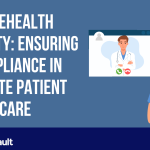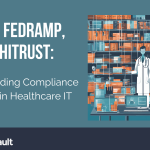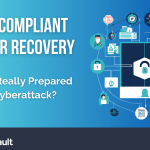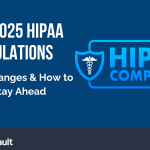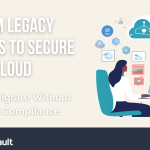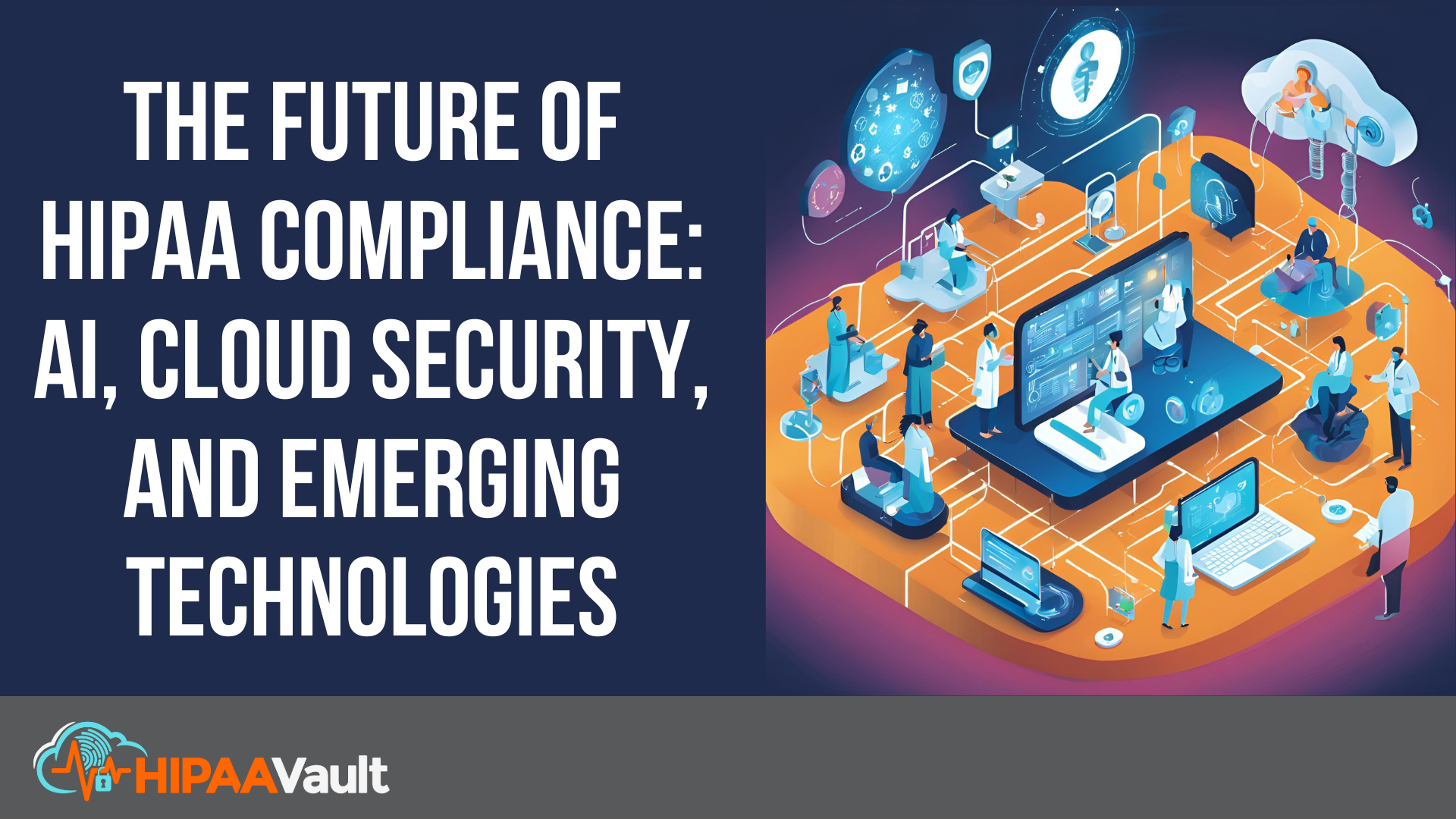
Introduction
The landscape of HIPAA compliance is rapidly evolving as emerging technologies revolutionize the way healthcare organizations manage and secure electronic protected health information (ePHI). With cyber threats on the rise and regulatory requirements becoming more stringent, the integration of AI, cloud security, and automation is no longer optional—it’s essential.
In this article, we explore the latest advancements in AI-driven security, cloud-based compliance automation, and other groundbreaking technologies poised to shape the future of HIPAA compliance.
The Rise of AI-Powered Threat Detection in Healthcare IT
How Machine Learning Identifies Security Risks Faster
Traditional security monitoring relies on predefined rules and human oversight, making it susceptible to blind spots and delayed response times. AI-powered machine learning models, on the other hand, can detect and respond to anomalies in real-time by analyzing vast amounts of network data and identifying patterns indicative of cyber threats.
- Example: AI-driven security solutions like Google Chronicle leverage advanced analytics to detect phishing attempts, malware, and unauthorized access attempts before they escalate.
The Impact of AI-Driven Anomaly Detection
Anomaly detection algorithms play a critical role in HIPAA compliance by automatically flagging suspicious behavior, such as:
- Unusual login attempts from unauthorized locations
- Large-scale data exports that deviate from normal usage patterns
- Insider threats and privileged account misuse
With AI-powered solutions, healthcare organizations can enhance their security posture while reducing the risk of costly data breaches.
Cloud-Based Compliance Automation: The Next Big Shift
Why Manual Compliance Processes Are Becoming Obsolete
Traditionally, HIPAA compliance has involved labor-intensive processes such as manual log reviews, policy enforcement, and vulnerability assessments. These outdated methods are inefficient and prone to human error.
How Cloud Providers Are Integrating Automated Security Controls
Leading cloud providers, including Google Cloud Platform (GCP), now offer built-in automation tools that simplify compliance management:
- Security Command Center: Provides centralized visibility into cloud security risks.
- Automated Log Monitoring: Ensures real-time compliance tracking for audit readiness.
- Infrastructure as Code (IaC): Enables automated provisioning of HIPAA-compliant environments with pre-configured security settings.
By leveraging cloud-based automation, healthcare organizations can achieve continuous compliance while reducing administrative burdens.
Blockchain for HIPAA Compliance: Reality or Hype?
How Decentralized Security Models Could Improve Healthcare Data Integrity
Blockchain technology promises enhanced data integrity and transparency by maintaining immutable records of patient information. Potential benefits for HIPAA compliance include:
- Tamper-Proof Audit Trails: Secure logging of access and modifications to patient data.
- Decentralized Identity Management: Improved authentication and access control mechanisms.
Current Limitations and Adoption Challenges
While blockchain offers significant promise, its adoption in healthcare remains limited due to:
- Scalability concerns for large datasets
- Regulatory uncertainty regarding blockchain implementations
- Integration challenges with existing electronic health record (EHR) systems
For now, blockchain remains an emerging technology with potential applications in HIPAA compliance but requires further development and standardization.
The Role of Zero Trust Security in the Future of HIPAA Compliance
Why “Never Trust, Always Verify” Is Becoming the New Standard
Traditional perimeter-based security models assume that once inside the network, users can be trusted. However, with the increasing sophistication of cyber threats, a Zero Trust approach is now necessary.
Implementing Identity-Driven Security Models in Healthcare IT
Key elements of a Zero Trust security strategy for HIPAA compliance include:
- Multi-Factor Authentication (MFA): Ensures only authorized personnel access ePHI.
- Micro-Segmentation: Restricts access to sensitive data based on user roles.
- Continuous Monitoring: Uses AI-driven analytics to detect and respond to anomalies in real-time.
By adopting Zero Trust principles, healthcare organizations can enhance security while ensuring regulatory compliance.
Conclusion: Preparing for the Future of HIPAA Compliance
To stay ahead of evolving threats and regulatory changes, healthcare organizations should take the following steps:
- Invest in AI-Powered Security Tools – Leverage machine learning to enhance threat detection and response.
- Embrace Cloud-Based Compliance Automation – Utilize GCP’s built-in security controls to streamline compliance.
- Explore Blockchain Innovations – Monitor developments in blockchain for potential applications in secure data management.
- Adopt a Zero Trust Security Model – Implement robust access controls and continuous monitoring to safeguard ePHI.
As healthcare IT landscapes continue to evolve, HIPAA Vault remains committed to providing cutting-edge, compliant hosting solutions. Our expertise in HIPAA-compliant cloud security ensures that healthcare organizations can navigate the future with confidence.
For more information on secure hosting solutions, visit HIPAA Vault.

